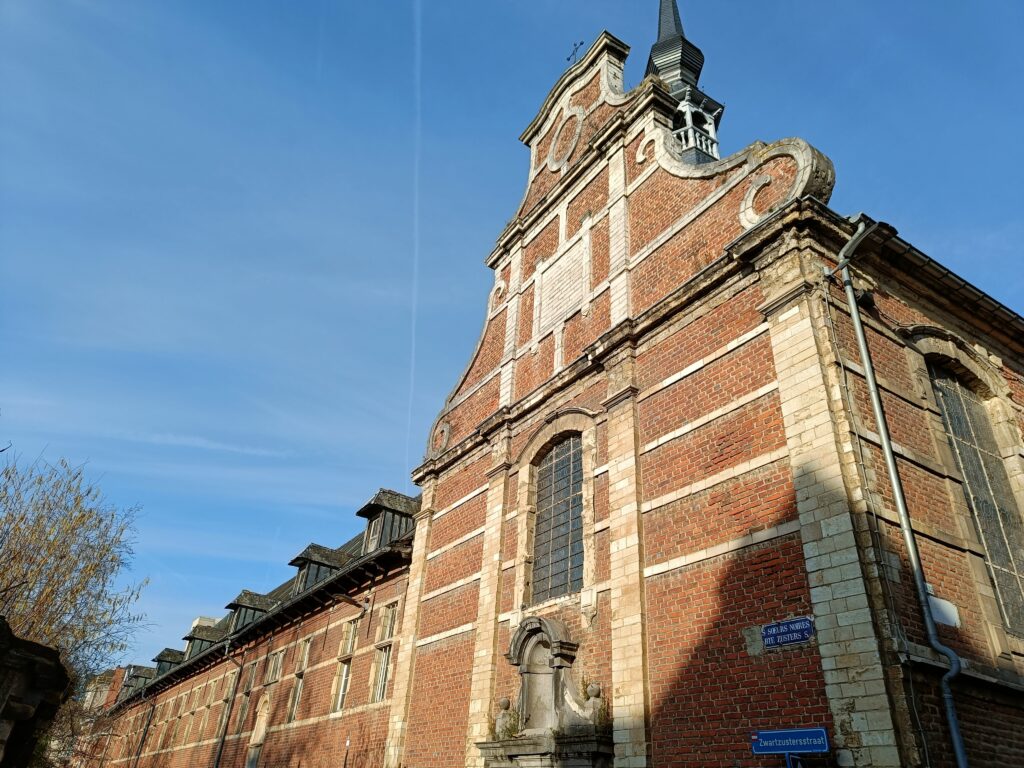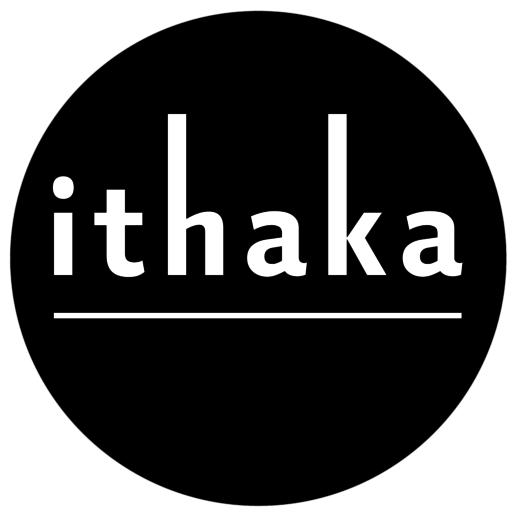Ithaka
The Ithaka Arts Festival began as a one day exhibition in 1992 and has since evolved into a mature project. Originally, the exhibition took place in multiple locations at a time, but in recent years we have opted to use only one location, giving recent iterations of Ithaka a location-bound character. This year, we are happy to welcome you to the Keizersberg Abbey.
At ‘Ithaka: Down to Earth’, you experience nature through the lens of our artists. They express their unique experience of nature in a diverse array of disciplines, and challenge you to rethink that what has covered Earth since a long time before us. The artists remove nature from its traditional frame of landscape paintings and invite you to reflect on the relationship between culture and nature.
Ithaka is a platform for beginning artists. It is not easy to gain traction as a young artist, which is why LOKO Cultuur provides them with a budget to realize and exhibit a project.
Our goal is to bring students in contact with contemporary art. We attempt to make the festival as inviting as possible for them by organizing various activities. Both Flemish and international students are welcome. Besides students, we invite residents from Leuven or elsewhere to visit the festival. To fully enable that, we keep the festival open in the weekend.
Apart from the exhibition itself, we organize daily activities such as open mics, concerts and workshops. That means Ithaka is different every day and that you can unleash your creativity on the festival yourself.
Zwartzustersklooster
It is generally accepted that the Zwartzusterklooster (Zwartzuster Monastery) was founded by Elisabeth Ymbrechts (+ 1482). On the spot where the monastery is now located, she hired a “small straw house”, that was afterwards sold together with the surrounding grounds. In 1462 the bishop of Liège gave the rapidly growing group of devout women permission to adopt the Rule of St. Augustine and to build a chapel. The Blacksisters, also known as the sisters of Nazareth, were mostly occupied with taking care of the city’s ill.
When the French Revolution broke out, the sisters were allowed, first as members of a civil organisation and later as a religious community in service of the “Commissie der Burgerlijke Godshuizen” (Commission of Civil Places of Worship), to continue occupying their buildings. In 1796 the old monastery became part of the “Section des Hospices de Louvain“: the sisters’ new task was to take care of women with a mental disability.
In 1925 the monastery became property of the Commisie van Openbare Onderstand (Commission of Public Welfare). Since 1969, the monastery was abandoned by the Blacksisters. The care for people with disorders was continued by the Public Centre of Social Welfare. Presently, the monastery is owned by the KU Leuven and up until last academic year students were housed there. The complex is protected as public monument since 1986.
Sourced from Inventaris Onroerend Erfgoed, translated by LOKO

